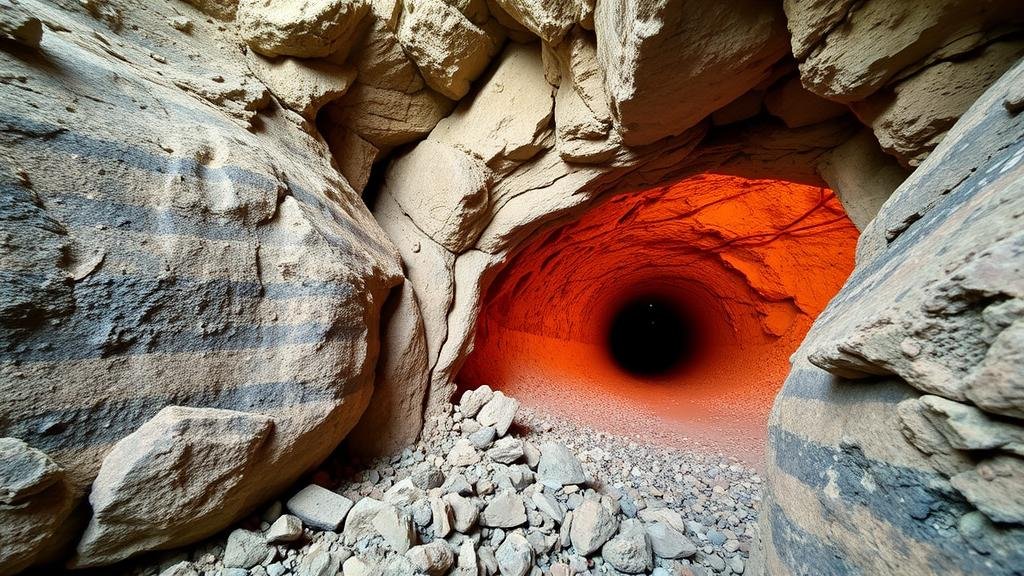The Importance of Rock Anchors in Tunnel Junction Stability
The Importance of Rock Anchors in Tunnel Junction Stability
Tunnel construction is a complex and challenging engineering endeavor, particularly in maintaining stability at junctions where multiple tunnels converge. Rock anchors play a critical role in ensuring this stability. This article examines the significance of rock anchors, their application in tunnel junctions, and the benefits they offer in terms of safety and structural integrity.
Understanding Rock Anchors
Rock anchors, also known as ground anchors, are long steel tendons that are drilled and grouted into the rock mass. provide additional support to structures by transferring the load from unstable or weak ground conditions to more stable rock layers. Rock anchors are essential in situations where traditional support methods, such as concrete walls or slabs, would be insufficient.
Mechanisms of Stability
At tunnel junctions, the confluence of forces from intersecting tunnels creates complex stress distributions. Rock anchors mitigate the risk of ground deformation and collapse by:
- Providing tensile support: Rock anchors resist tension forces that might otherwise lead to structural failure.
- Distributing loads: They help distribute the excessive loads from the tunnel structure into the surrounding rock, reducing concentrated stress points.
- Enhancing factor of safety: By anchoring the tunnel structure to bedrock, they increase the overall stability and reliability of the junction.
Real-World Applications
Several notable projects illustrate the effectiveness of rock anchors in enhancing tunnel junction stability. A prominent example is the Gotthard Base Tunnel in Switzerland, the longest railway tunnel in the world. Engineers employed rock anchors to stabilize junctions, preventing ground movement that could impede the structural integrity of the tunnels.
Another case is the Bostons Central Artery/Tunnel Project (Big Dig), where rock anchors were used extensively to support the tunnel structures against potential ground settlement in the densely populated urban area. These anchors contributed significantly to the success and safety of the project.
Statistical Evidence and Data
According to a 2019 study published in the Journal of Geotechnical and Geoenvironmental Engineering, the use of rock anchors in tunnel construction can enhance stability by as much as 30% in areas with difficult geological conditions. This is particularly crucial in regions with high seismic activity, where the risk of structural failure is heightened.
Challenges and Considerations
While rock anchors offer numerous benefits, there are challenges associated with their installation and maintenance:
- Soil and Rock Variability: Different geological conditions can affect anchor performance and necessitate individualized design approaches.
- Cost Implications: Installation can be expensive, requiring advanced technology and skilled labor.
- Long-Term Monitoring: Ongoing monitoring is crucial to ensure continued performance and address any potential issues that may arise over time.
Actionable Takeaways
In summary, rock anchors are a vital component in ensuring the stability of tunnel junctions. As construction projects grow increasingly complex and are developed in challenging environments, engineers must consider the following:
- Assess the geological conditions thoroughly before construction to optimize anchor design.
- Ensure a comprehensive risk management plan that includes regular monitoring of anchor performance.
- Invest in advanced technologies for anchor installation to enhance efficiency and reduce costs.
By embracing these practices, project managers can greatly enhance the safety and viability of tunneling projects and ensure structural stability at junctions.



